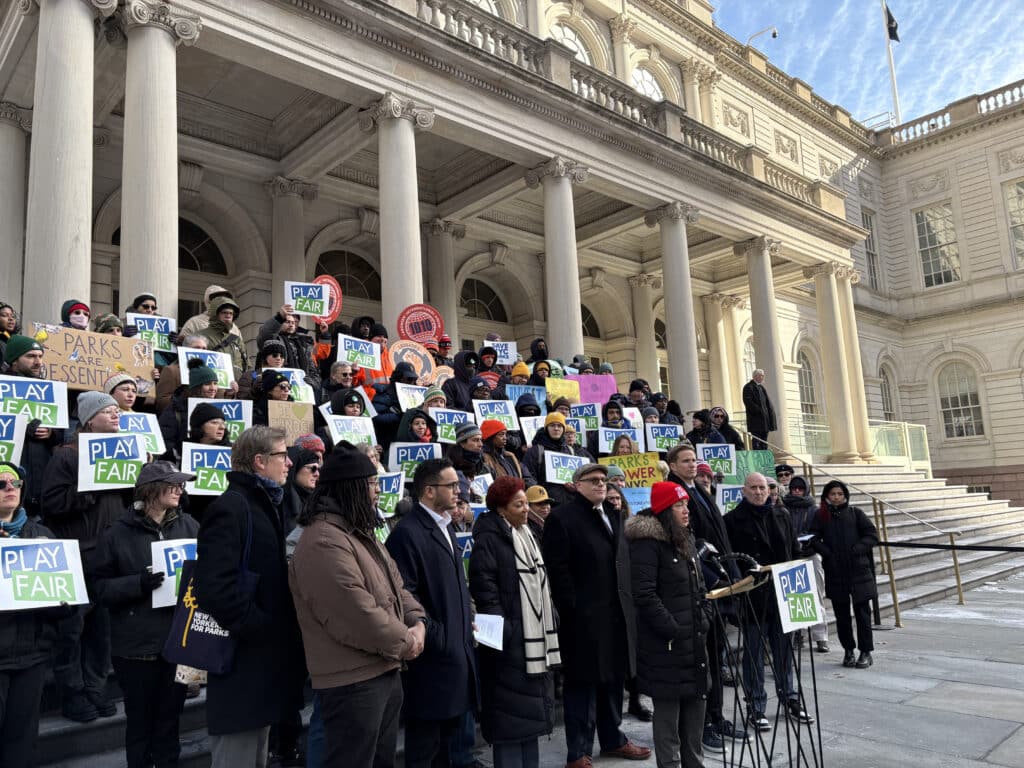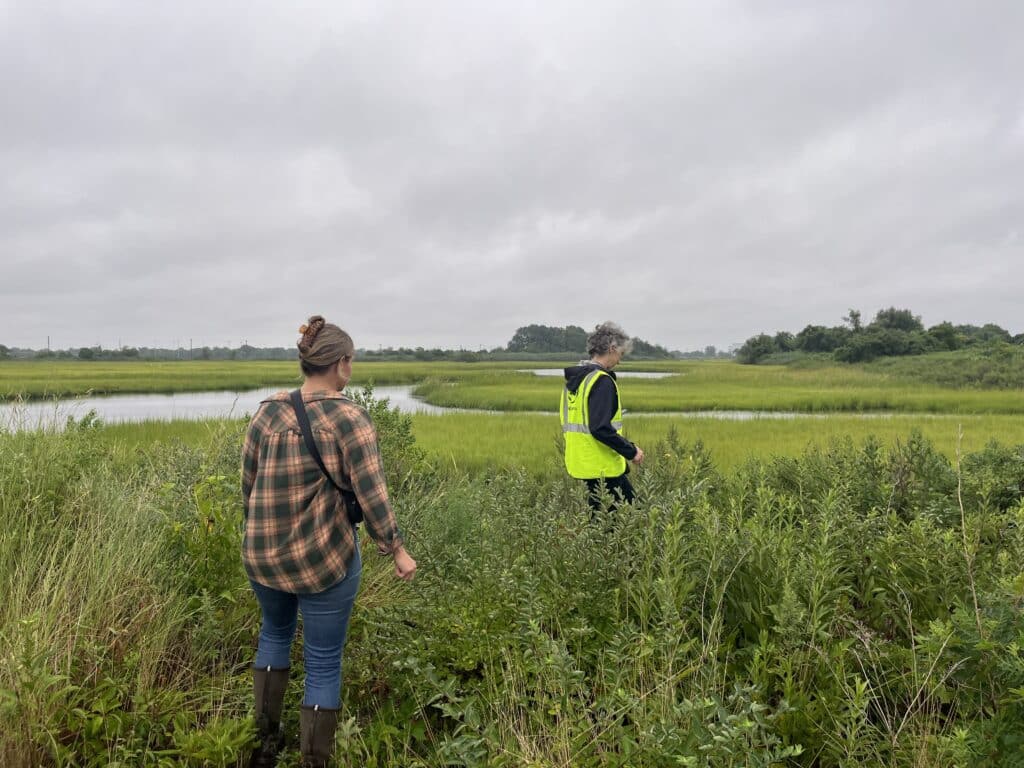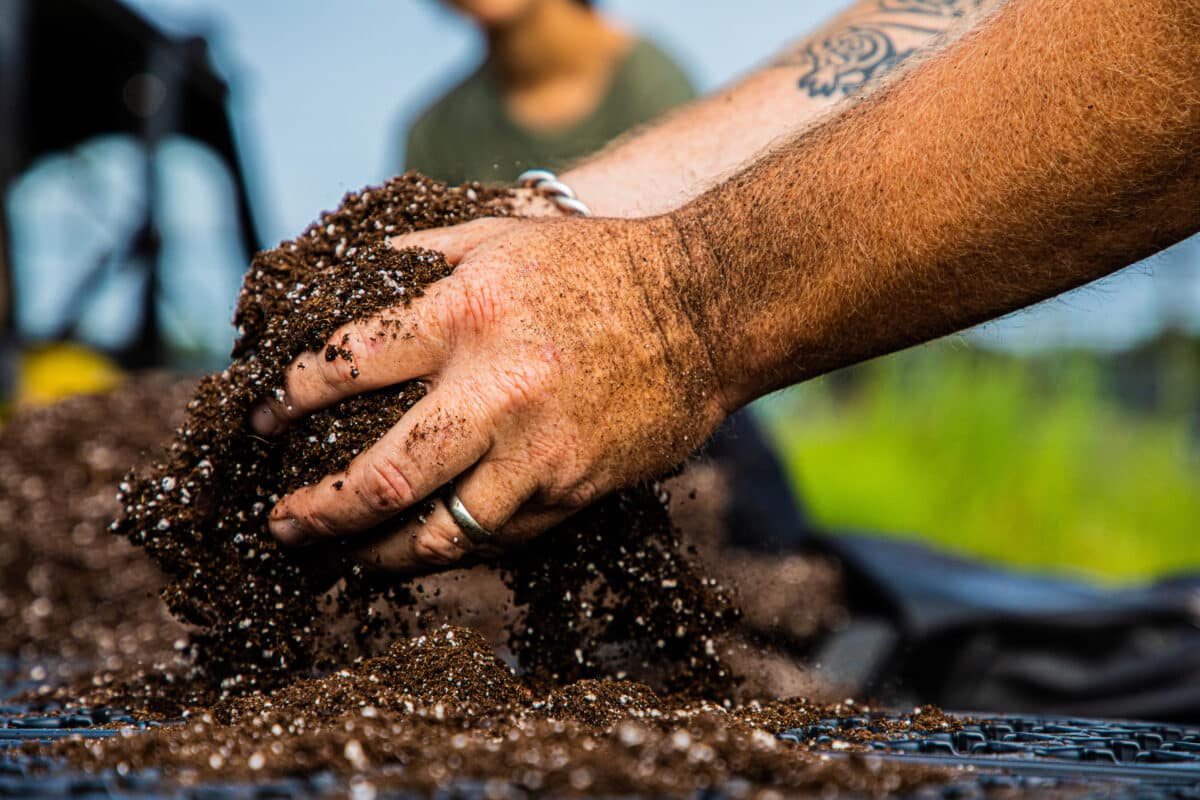Reducing Runoff: The Role of Urban Natural Areas in Stormwater Management
By Jeffrey A. Clark
By Jeffrey A. Clark
Urban stormwater management is a growing challenge in the face of climate change, especially in cities like New York with aging gray infrastructure and increasing impervious surfaces. This report, “Reducing Runoff: The Role of Urban Natural Areas in Stormwater Management,” presents a comprehensive analysis of how urban natural areas, including forests, wetlands, and meadows, play a critical yet often overlooked role in mitigating stormwater impacts.
Using the InVEST (Integrated Valuation of Ecosystem Services and Tradeoffs) model and high-resolution spatial data, this report quantifies stormwater retention across land cover types in New York City, Baltimore, and New Haven while highlighting the need for high-quality data on the presence and condition of urban natural areas. Natural areas in NYC alone absorb an estimated 17% of all urban stormwater, a contribution valued at up to $760 million annually in avoided treatment costs.
The findings show that natural areas consistently outperform other green infrastructure in stormwater capture when normalized by land area, and that forest health significantly enhances this capacity, as healthy forests can absorb up to 10% more stormwater than degraded ones.
Yet, natural areas remain underrepresented in urban stormwater planning, in part due to the lack of high quality spatial data. This report demonstrates how mapping natural areas, even using parkland as a proxy, can greatly improve our understanding of their ecological and economic value.
This work supports the mission of the Natural Areas Conservancy by highlighting the essential role that urban natural areas play in building climate-resilient cities. By preserving, restoring, and integrating these ecosystems into stormwater infrastructure planning, we can protect both human communities and natural habitats while advancing equitable, cost-effective environmental solutions.
Download PDF(this link opens in new window)
Urban natural areas are crucial for enhancing city livability and environmental health but are often overlooked, underfunded, and missing formal protection, which leads to loss of ecological benefits, missed opportunities for community engagement and nature access, and overall loss of natural areas. Governance structures for urban forested natur...

In New York City, tidal wetlands are a critical part of coastal resiliency and provide numerous ecological and social benefits. State and federal wetlands mitigation regulations require that development resulting in wetland impacts offset those losses through wetland creation, restoration, and enhancement – with a ...

This report presents a comprehensive overview of the challenges, benefits, and potential funding sources for urban forested natural areas in the United States. It emphasizes the critical need to diversify funding sources for these underfunded areas, which are distinct from other urban green spaces due to their size, biodiversity, and ...
